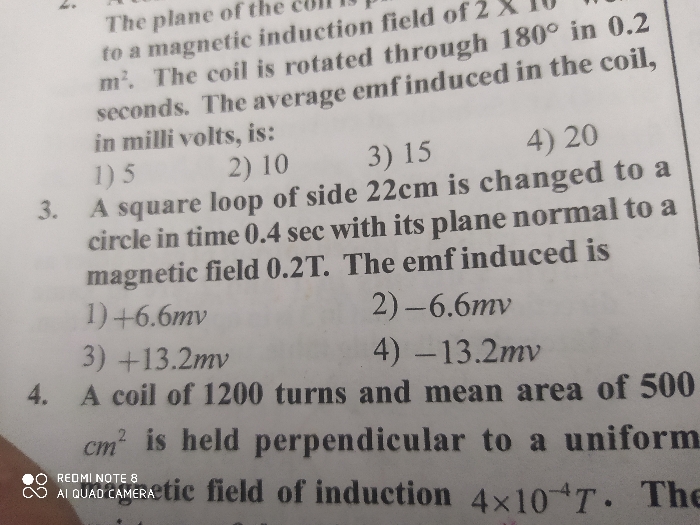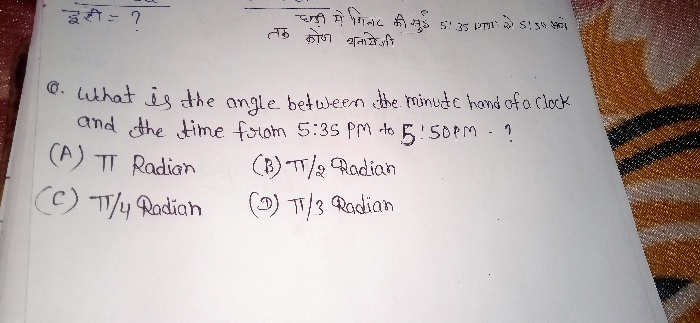NEET Class neet Answered
The property of self-inductance is a particular form of electromagnetic induction.
Self inductance is defined as the induction of a voltage in a current-carrying wire when the current in the wire itself is changing.
In the case of self-inductance, the magnetic field created by a changing current in the circuit itself induces a voltage in the same circuit.
Therefore, the voltage is self-induced.
The term inductor is used to describe a circuit element possessing the property of inductance and a coil of wire is a very common inductor.
Taking a closer look at a coil will help understand the reason that a voltage is induced in a wire carrying a changing current.
The alternating current running through the coil creates a magnetic field in and around the coilthat is increasing and decreasing as the current changes.
The magnetic field forms concentric loops that surround the wire and join to form larger loops that surround the coil as shown in the image below.
When the current increases in one loop the expanding magnetic field will cut across some or all of the neighboring loops of wire,
inducing a voltage in these loops. This causes a voltage to be induced in the coil when the current is changing.

By studying this image of a coil, it can be seen that the number of turns in the coil will have an effect on the amount of voltage
that is induced into the circuit. Increasing the number of turns or the rate of change of magnetic flux increases the amount of induced voltage.
Therefore, Faraday's Law must be modified for a coil of wire and becomes the following.
VL = - N(dΦ/dt) .......................(1)
Where:
VL = induced voltage in volts
N = number of turns in the coil
dø/dt = rate of change of magnetic flux in
webers/second
The equation simply states that the amount of induced voltage (VL) is proportional to the number of turns in the coil
and the rate of change of the magnetic flux (dø/dt). In other words, when the frequency of the flux is increased or
the number of turns in the coil is increased, the amount of induced voltage will also increase.
In a circuit, it is much easier to measure current than it is to measure magnetic flux, so the following equation can be used
to determine the induced voltage if the inductance and frequency of the current are known. This equation can also be reorganized
to allow the inductance to be calculated when the amount of inducted voltage can be determined and the current frequency is known.
VL = -L (di/dt) .....................(2)
WhereVL = the induced voltage in volts
L = the value of inductance in henries
di/dt = the rate of change of current in amperes per secondLet us calculate the inductance of a coil. Induced voltage as given by eqn.(1) is written as
VL = - N (dΦ/dt) = -N A (dB/dt) ..............(3)
Where A is the cross section area of coil and B is magnetic field.
Magnetic field B of a coil is given by, B = μ(N/l)i ..............(4)
where μ is the permeability of the medium surrounding the coil, N is number of turns, l is length of coil and i is the current passing through it.
hence (dB/dt) = μ(N/l) (di/dt) .................(5)
substituiting for (dB/dt) from (5) in eqn.(3), we get, VL = - μ (N2 / l ) A (di/dt) .................(6)
By comparing eqn.(2) and (6), we can write L = μ (N2 / l ) A










